Palmetto Bluff Real Estate Company Sales Office
Office Hours
Monday-Friday 9am - 5pm
Saturday 9am - 4pm
Sunday 12 - 4pm
Saturday 9am - 4pm
Sunday 12 - 4pm
Soy sauce-glazed turkey. Despite protests from my siblings and me, that’s what my parents served for Thanksgiving. Not only was the North American bird unfamiliar to them when they arrived as immigrants, but they also found its size obscene, its flavor off-putting to the Chinese palate, and its perennial dryness incomprehensible. Giving it a good umami bath was their way of making it palatable.
It was served with steamed white rice. Always.
At the time, my parents’ earnest attempt to reconcile two very different cultures was lost on us kids who just wanted the supermarket turkey dinner that all of our friends had. But now, as an adult, I appreciate that my childhood Thanksgiving might have been the most American Thanksgiving of all, a melting pot of immigrant flavors and American traditions.
If Thanksgiving has a pretty standard script, Christmas, for those
who celebrate it in America, is a collection of ad-libs. Yuletide traditions differ wildly in the US, not just regionally, but by family. When asked by my Danish friends how Americans celebrate Christmas, I struggled for an answer, which was perplexing to them.
That’s because Scandinavians excel at Christmas. Not only do
they have the snowy, evergreen backdrop for it (and real reindeer!), but they’ve also preserved, to an astounding degree, longstanding tradition and lore. In Denmark, there’s a uniformity to observance and celebration.
In fact, while spending Christmas with my friend Mark Lundgaard Nielsen’s family in Denmark a couple of years ago, I marveled at how precisely the holiday unfolded not just within his household, but throughout the country. As we circled the Christmas tree singing a liturgy of carols, Mark’s younger, and very millennial, brother was Snapchatting with his schoolmates who were doing exactly the same thing with their families at exactly the same time.
The Nielsens live in a quiet town on the tangled coastline of southeastern Jutland, the Danish peninsula that juts out from the top of Germany (which you can see across the sound from their backyard). It’s an unlikely place for an American to find himself, especially for Christmas. But this
was an invitation I couldn’t resist.
Mark is the Michelin-starred chef of the celebrated restaurant Kong Hans Kælder, a Danish institution of fine dining located in the cellar of the oldest building in Copenhagen. I fell in love with the restaurant the first time I ate there in March of 2015, shortly after Mark became head chef. And my enthusiasm for his classical cooking and the romantic glow in that sunken space, framed by ancient stone arches, has compelled me to return almost 20 times since. Over the course of nearly as many visits to Copenhagen, Mark and I have become good friends. We have traveled around the world together, including multiple hunting trips, and visited his family on the quiet waters of the Flensborg Fjord.
When it comes to julefrokost, the traditional Danish “Christmas lunch,” the Nielsens don’t cut corners. They prepare every part of the elaborate, multi-wave feast from scratch. This year, Mark and his father, Torben, decided to cook alongside each other, each creating his own version of every dish. It was a dizzying amount of food.
There were herrings, both pickled and smoked; fried halibut; cured salmon; heaps of tiny fjord shrimp; and smoked eel. At least a dozen condiments including dill sauce, mayonnaise, lemons, pickles, mustards, piccalilli, fresh herbs, hard-boiled eggs, and even a sliced, fluffy egg custard royale. Of course, all of this was served with bread—both white bread and the dark, dense rye bread beloved by Danes, paved with copious amounts of butter.
And that was just the seafood.
Following, there was charcuterie: mounds of cured meats, sausages, and, my favorite, leverpostej. It’s a meaty liver pâté that’s baked and served warm, buried under a pile of crispy rashers of bacon.
Then there were the hot meat courses. Usually, there’s fowl. We had whole-roasted ducks. But the centerpiece was flæskesteg, a handsome log of pork loin sheathed in a thick, crispy coat of crackling. It was served with cabbage and two types of potatoes—both skinned and steamed—one glazed in burnt sugar, the other simply with brown gravy.
Throughout the meal, there was lots of schnapps—a high-octane brandy that Danes consume in frightening amounts—along with beer and wine. They say it helps with digestion.
I’m not sure all Danish families have cheese at julefrokost. But unsurprisingly, the Nielsens did. There were soft cheeses and semi-soft cheeses and aged ones too.
After nine hours of feasting, we finally arrived at the risalamande, which I would venture to guess is a borrowed and bastardized version of the French riz à l’amande, rice pudding with chopped, blanched almonds. Served chilled, the Danish version is marvelously fluffy, owing to a good amount of whipped cream that is folded in at the last minute, along with one whole blanched almond. Like the baby in king cake, whoever finds it gets a prize.
I was less interested in the porridge and the almonds and fixated on the bowl of warm, stewed cherries served on the side. Actually, there were two bowls. Torben used red cherries; Mark used black cherries.
This all-day feast on Christmas Eve was repeated on Christmas Day and again the day after that, with every dish served again, in the same order. Some families repeat it a fourth day. To an American who pinches the calendar for vacation time, the pace and length of this Danish holiday seemed irresponsible, reckless even.
But it didn’t take long for me to settle in and enjoy it. All the food and drink, I realized, distracted us from the handheld addictions of daily life and forced us into some good, old-fashioned family time. In between eating, there were breaks for gift-giving, board games, and napping, all under the watchful eyes of the dozens of nisse around the house. These mischievous elves made it onto Danish shelves long before American ones.
After dinner, we would end up around the tree in a stupor, mesmerized by the flicker of tapers among the boughs. Yes, live flames on a Christmas tree. Imagine that.
All of this was wonderful and magical, and for all the same reasons, so sadly foreign to me. Somewhere between that soy-sauced turkey and adulthood, my holidays had become rushed, prepackaged hurdles to clear before the next. And there, in a far-flung corner thousands of miles from my own, disarmed by too much food and time, I realized it didn’t have to be that way. Even if I couldn’t tell my Danish friends how Americans celebrate Christmas, I know how my family does. And what was missing was taking the time to enjoy it.
Photography by:
Bonjwing Lee
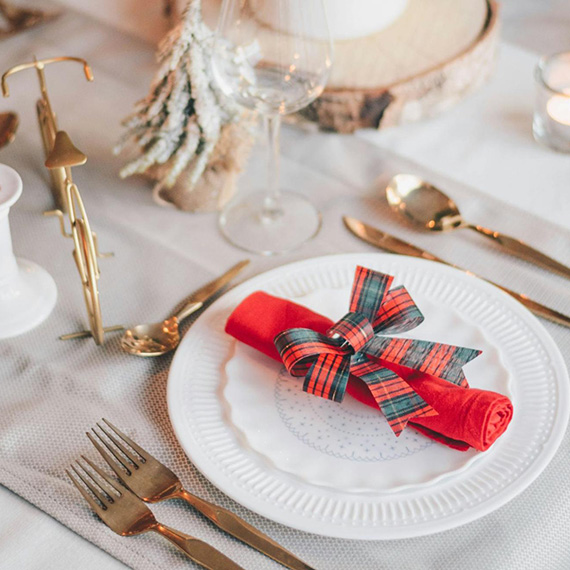
Warm, fragrant, and deeply comforting, Chef Beth’s Southern Sausage & Sage Stuffing is a holiday classic that brings together rich pork sausage, fresh herbs, and toasted bread for the ultimate savory side dish. Studded with green apples and aromatic vegeta...

As December settles over Palmetto Bluff, it brings softer light, cooler mornings, and the natural beauty of native evergreens and winter berries that define the Lowcountry landscape. Palmetto Bluff Conservancy’s Education and Outreach Manager, Aaron Palmieri, ...
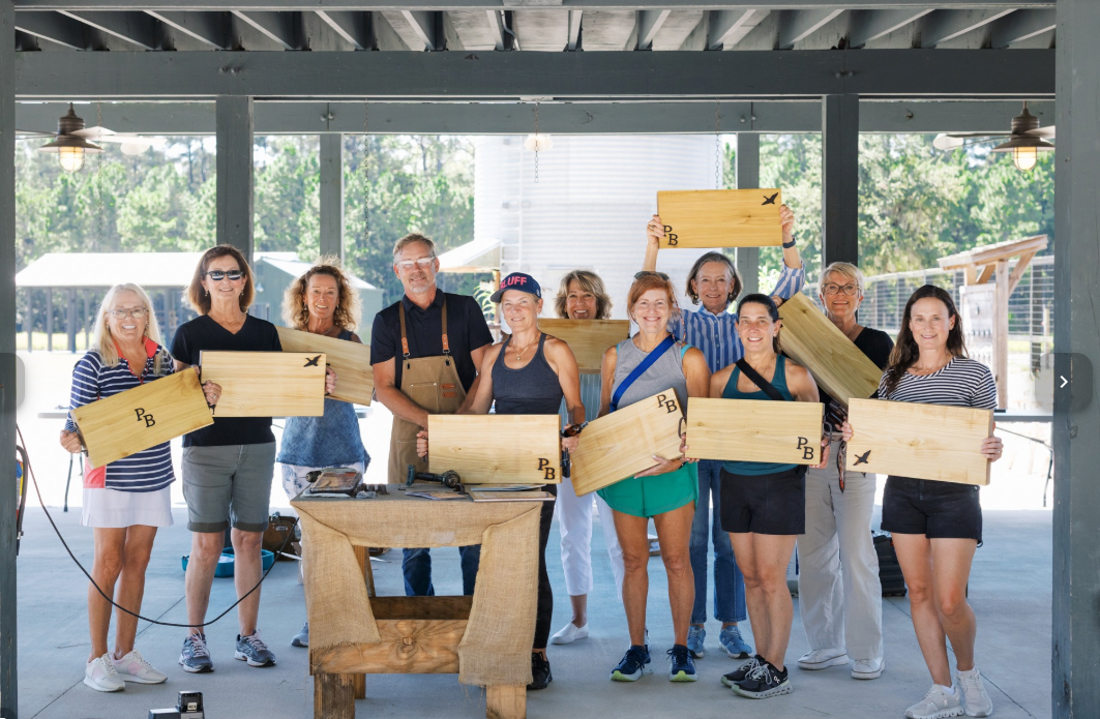
In 2025, Palmetto Bluff welcomed new neighbors and old friends, groundbreakings, and long-awaited openings. From inspired Club gatherings and elevated programming to the creation of our latest golf course, the year was defined by connection and excitement for ...

There is something serene about waking up to shimmering water, the stillness of the woods, or the sweep of marsh and sky right outside your window. Even without stepping outside, science shows that simply seeing nature from home can meaningfully improve mental...
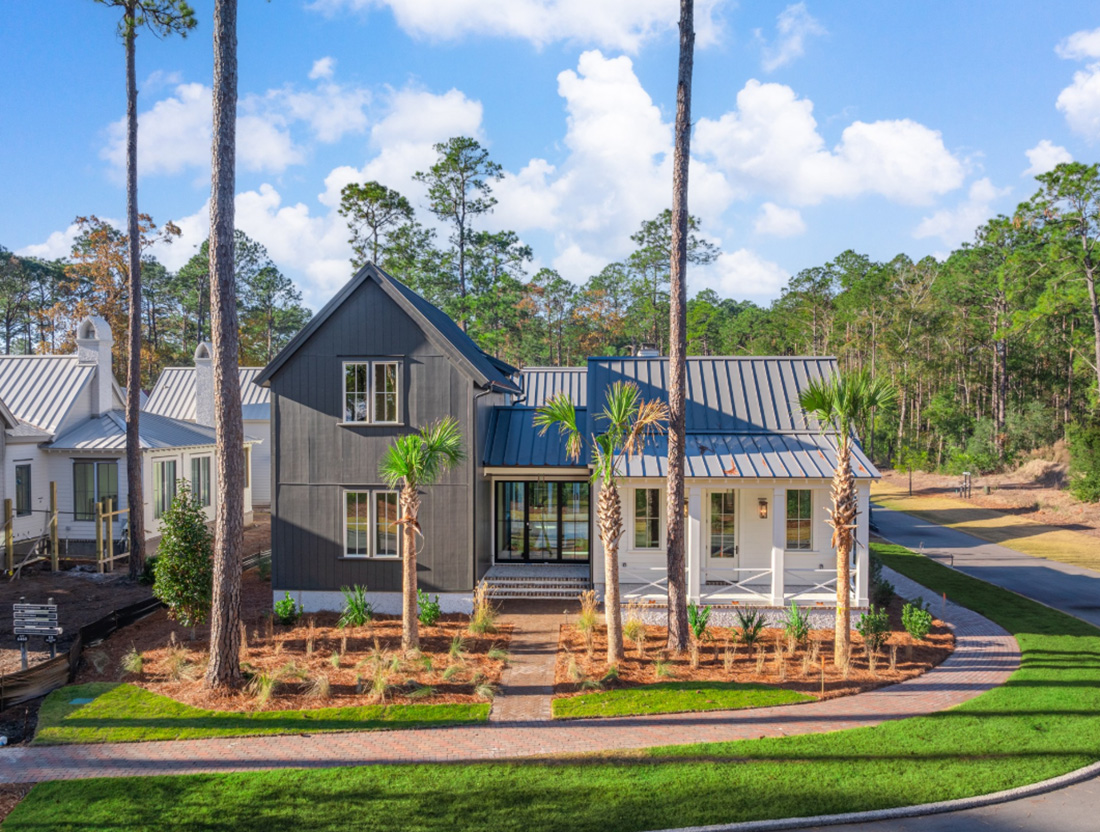
The Ultimate Choice: Building vs Buying a Home in Palmetto Bluff For those searching for Palmetto Bluff homes for sale, this common question often arises: Should you choose an existing residence, or embrace the opportunity to build your own? While a complet...

A Complete Guide to South Carolina Winter at Palmetto Bluff South Carolina's winter is unlike any other on the East Coast. While many travelers search for “South Carolina winter” expecting cooler temperatures and limited outdoor options, the Lowcountry revea...
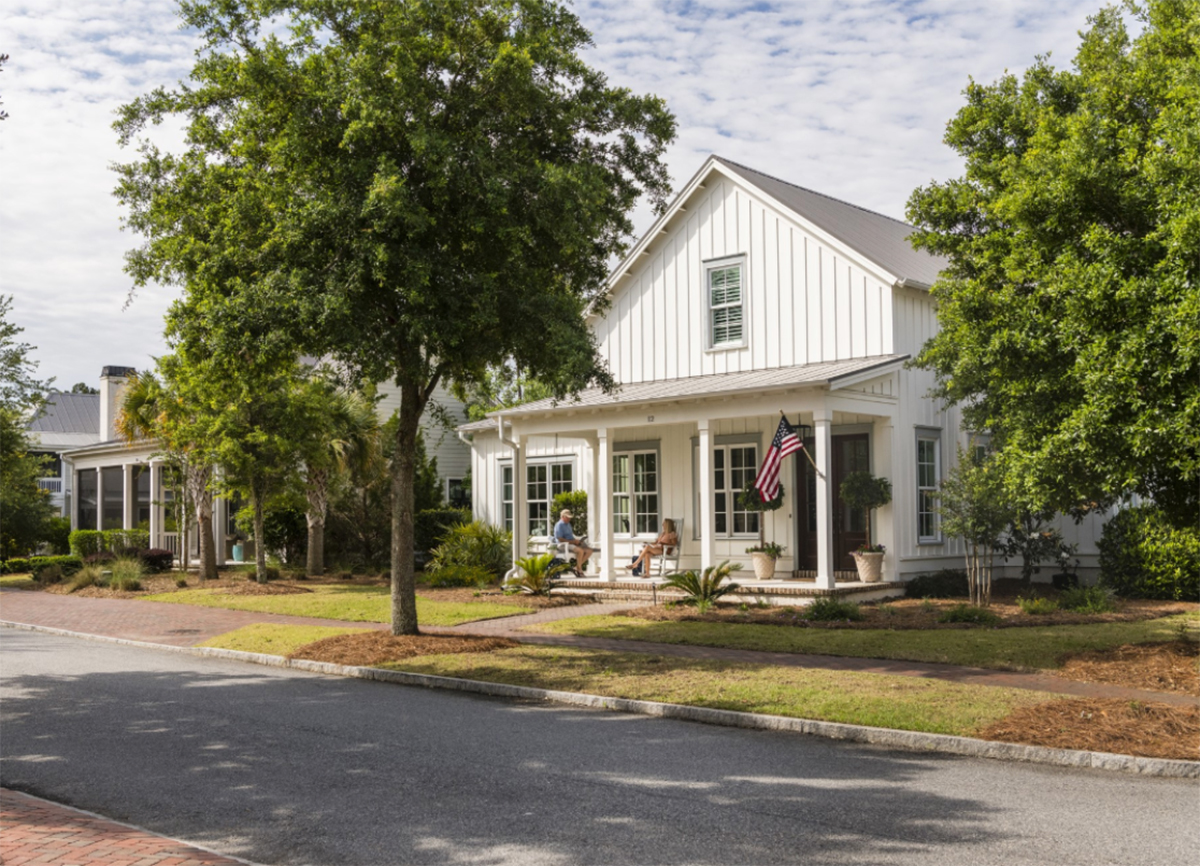
River Road: Where Lowcountry Beauty Meets Elevated Everyday Living Tucked gracefully between Wilson Village and Moreland Village, River Road is one of Palmetto Bluff’s most immersive communities. It's where the pace of life seems to soften, classic Southern ...
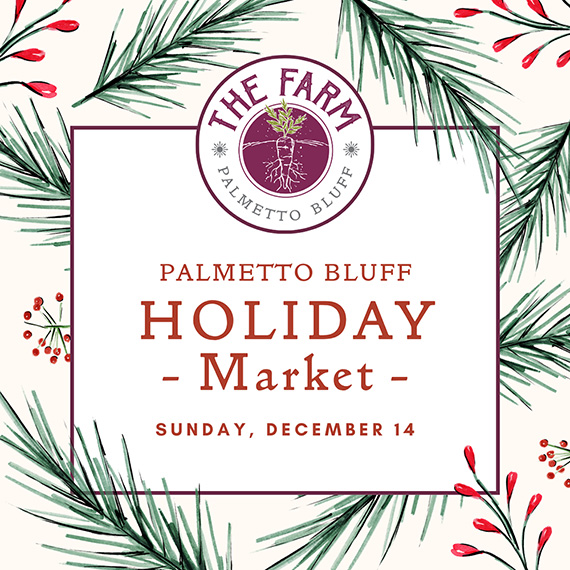
Sunday, December 14 | 9am to 1pmVillage GreenThe season’s most festive farmers market, the Holiday Farmers Market, comes to Wilson Village on Sunday, December 14, from 9am to 1pm. All are welcome to visit and experience the magic of holidays at the Bluff. The ...
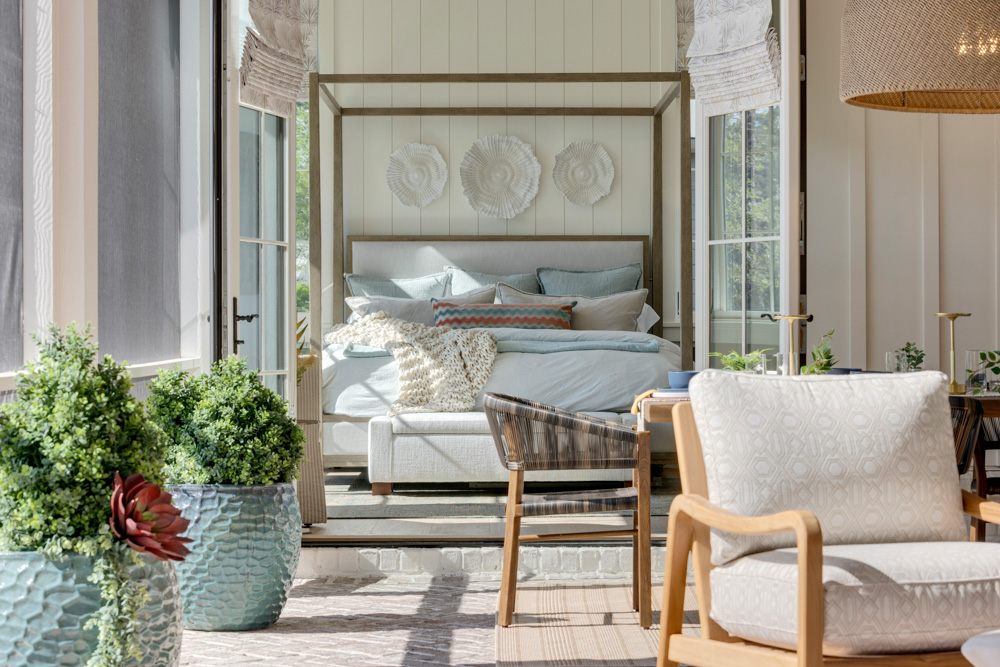
Tucked amid whispering pines and overlooking a tranquil water trail, 11 Lyonia Street is where Lowcountry charm meets modern artistry. The newly built residence redefines Southern living with a balance of craftsmanship and calm. This is a home that feels both ...
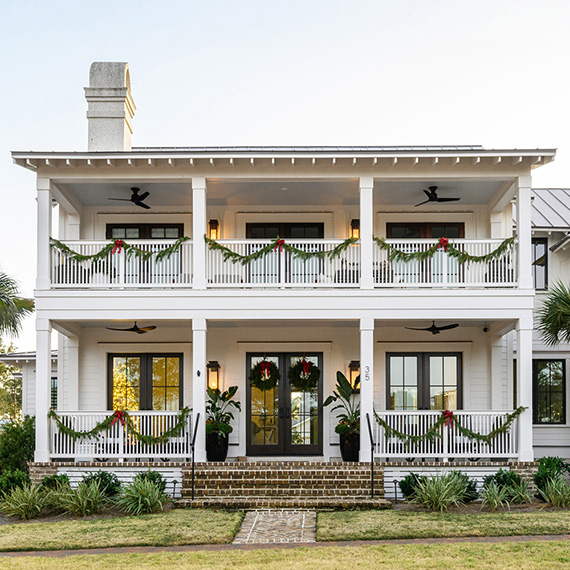
The holiday season in the Lowcountry brings crisp air, oaks draped in twinkling lights, and laughter drifting from homes where families and friends gather once again. At Palmetto Bluff, the holidays are more than just a season; they’re a feeling of togethernes...
We do not attempt to independently verify the currency, completeness, accuracy or authenticity of the data contained herein. All area measurements and calculations are approximate and should be independently verified. Data may be subject to transcription and transmission errors. Accordingly, the data is provided on an “as is” “as available” basis only and may not reflect all real estate activity in the market”. © [2023] REsides, Inc. All rights reserved. Certain information contained herein is derived from information, which is the licensed property of, and copyrighted by, REsides, Inc.